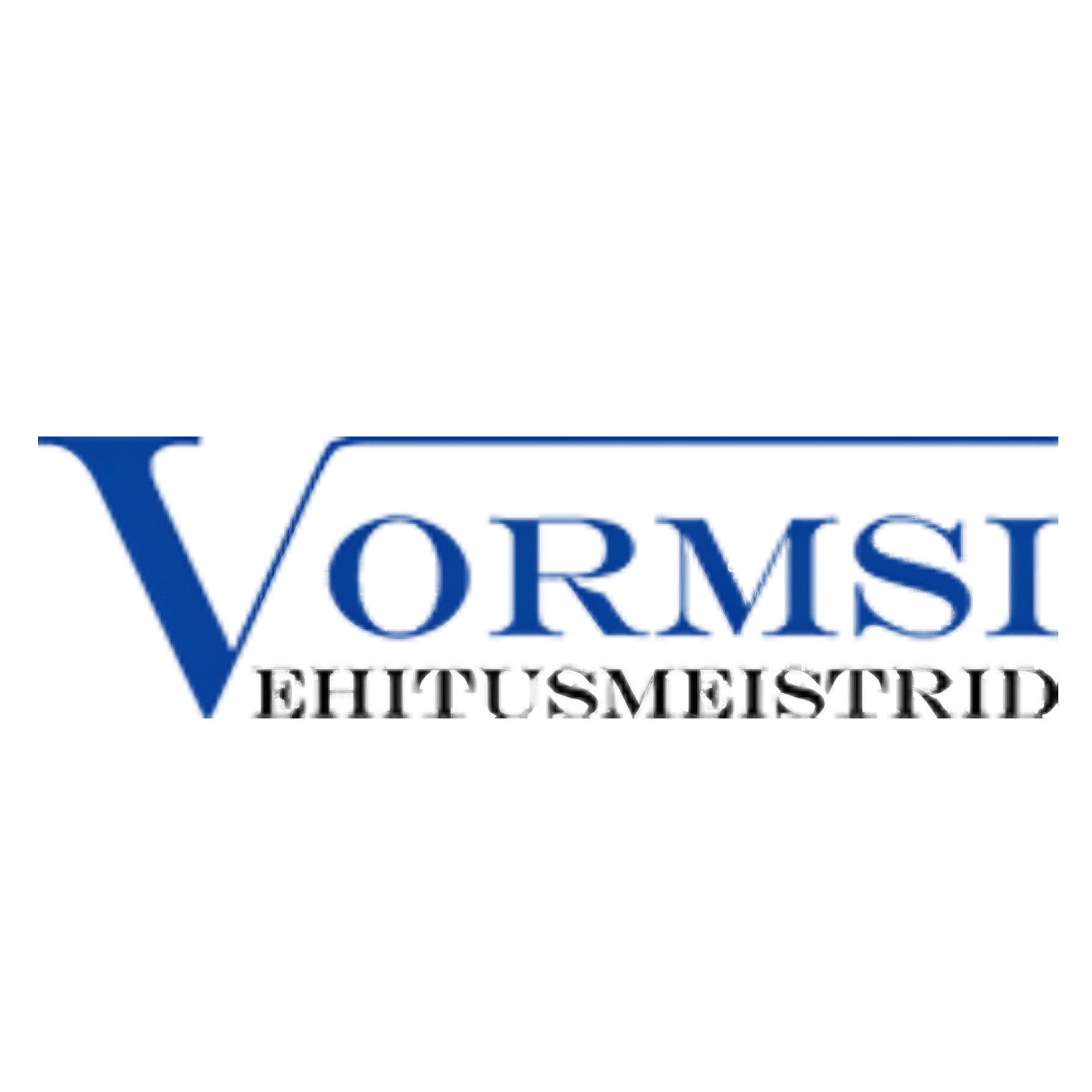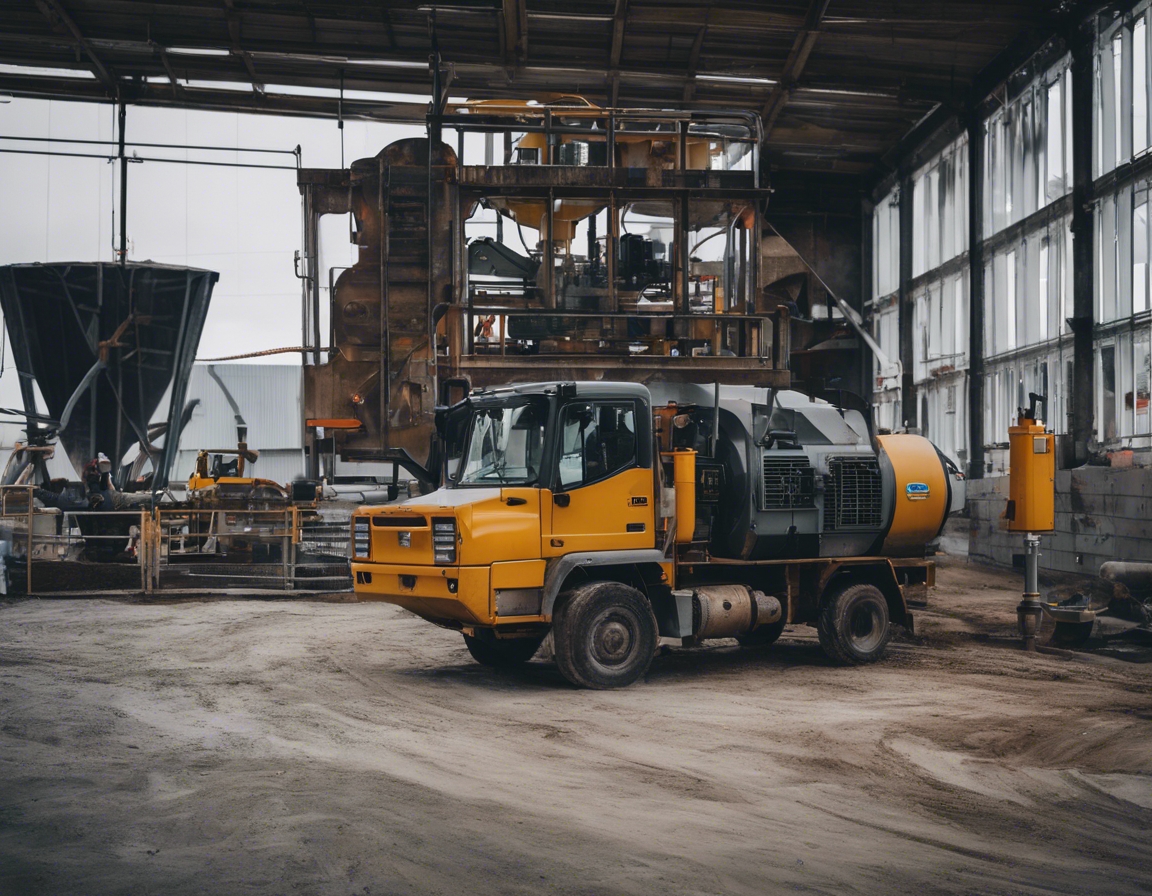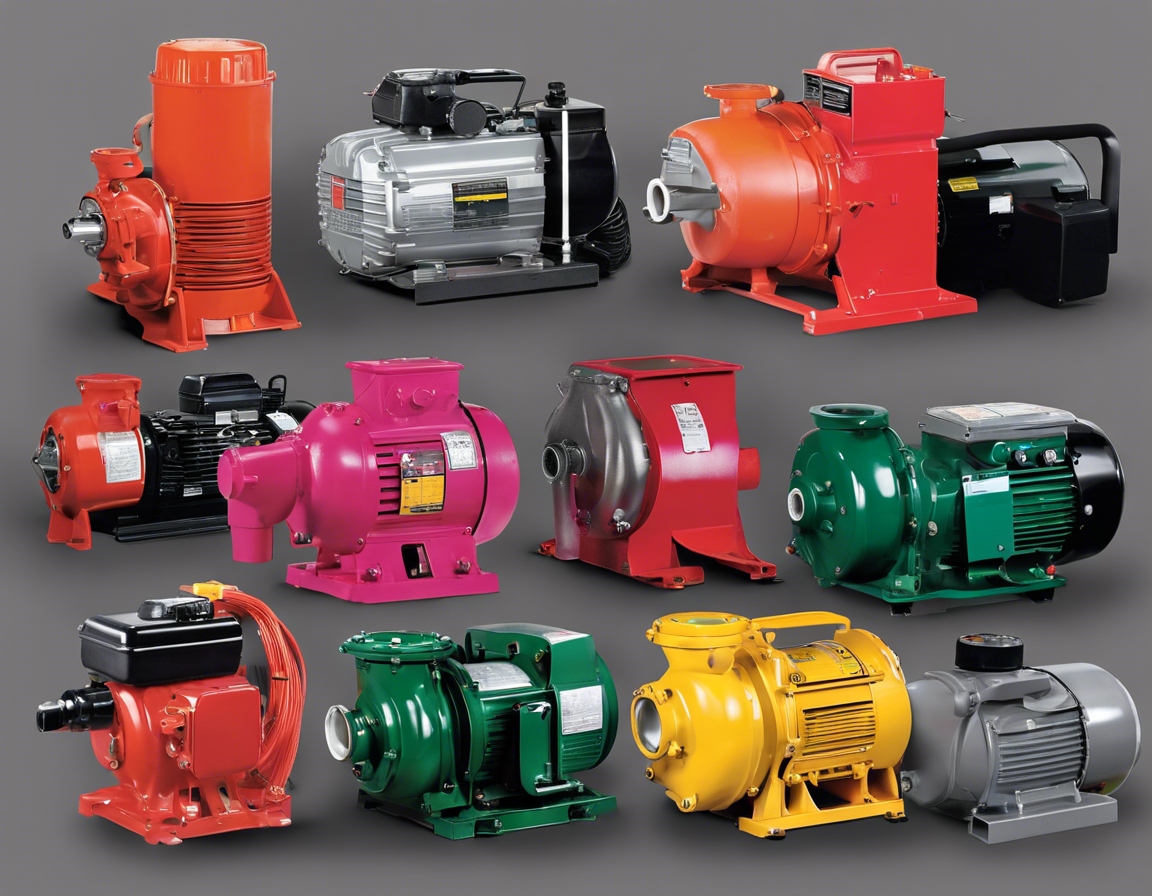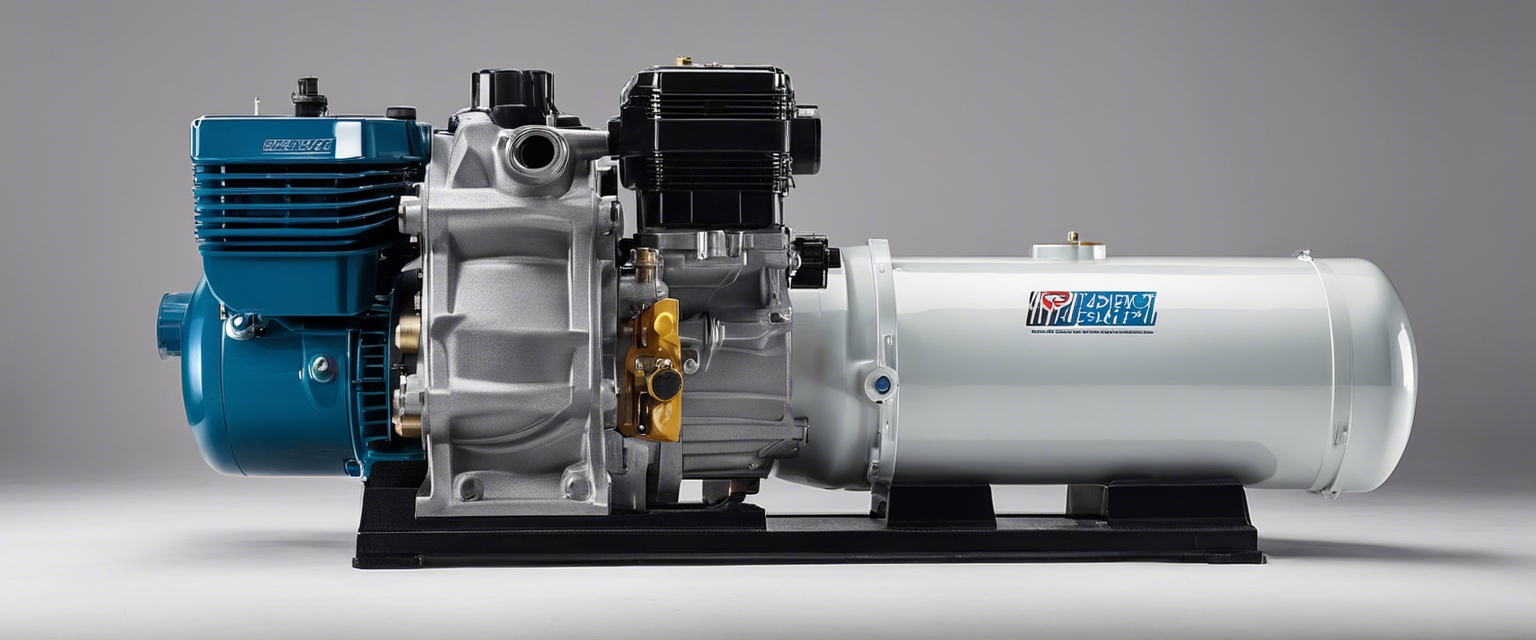The future of sustainable construction in estonia
Sustainable construction refers to the practice of creating structures and using processes that are environmentally responsible and resource-efficient throughout a building's life cycle. This approach seeks to minimize the impact on the environment, while also considering the economic and social aspects of construction.
The construction industry plays a significant role in the economic growth of Estonia, but it also has a substantial impact on the environment. Embracing sustainability is crucial not only for the health of our planet but also for ensuring the long-term viability of the construction sector.
The Current State of Sustainable Construction in Estonia
Estonia has implemented various policies and incentives to promote sustainable construction. These include grants for energy-efficient renovations, requirements for new buildings to meet certain energy performance standards, and support for the adoption of renewable energy sources.
Builders and developers in Estonia are increasingly adopting green building practices, such as using sustainable materials and incorporating energy-efficient designs. This shift is driven by both regulatory requirements and a growing demand from consumers for environmentally friendly living spaces.
While there are challenges such as the initial cost of sustainable materials and technologies, there are also significant opportunities. These include the potential for long-term cost savings, improved building performance, and enhanced marketability of green properties.
Emerging Trends in Sustainable Construction
One of the key trends in sustainable construction is the use of innovative building materials. These materials are designed to be more durable, recyclable, and have a lower environmental footprint than traditional building materials.
Integrating energy efficiency measures and renewable energy sources, such as solar panels and wind turbines, into new construction and renovations is becoming increasingly common. This not only reduces the carbon footprint of buildings but also leads to lower energy costs for property owners.
The integration of smart technology and building automation systems is another trend that is enhancing the sustainability of buildings. These systems allow for more efficient management of energy, water, and other resources, further reducing the environmental impact of construction.
Case Studies: Successful Sustainable Projects in Estonia
Estonia has seen a number of successful sustainable residential developments that showcase the benefits of green building practices. These projects often feature energy-efficient designs, the use of renewable energy, and innovative construction materials.
Commercial and public buildings in Estonia are also embracing sustainable construction. These buildings are designed to reduce energy consumption, incorporate green spaces, and use materials that are both environmentally and health-friendly.
The agricultural sector in Estonia is beginning to recognize the advantages of sustainable construction for farm buildings and facilities. These projects focus on energy efficiency, durability, and the use of local materials to minimize environmental impact.






Comments (0)